Join us on our journey towards renewable energy excellence, where knowledge meets innovation.
Grid curtailments are becoming an increasingly discussed topic when closing PPAs in Germany.

Germany has put efforts into decarbonising electricity and its share of renewables has increased, coming from 20% in 2010 and reaching more than 50% in 2023.
While renewable generation, such as onshore wind, grew mainly in the Northern part of the country, energy-intensive industries have been mostly concentrated in the South. Transporting large amounts of renewable electricity from North to South has often been met by grid constraints.
TSOs (Transmission System Operators) ensure grid stability, employing measures like redispatch and curtailment to manage grid congestion.
Redispatch adjusts power plant generation to ease grid constraints or align production with consumption. The growing use of renewables and the phasing out of nuclear plants have increased the frequency of redispatch.
Curtailments are the reduction of the electricity delivered by a renewable project. (Read more on curtailments here)
In 2022, about 8 TWh were curtailed in Germany, representing 3% of the renewable production. Wind accounted for 7.3 TWh curtailed.
Graph 1 presents the yearly number of redispatch and curtailment instructed by TSOs since the beginning of 2013. The total number has an upward trend for all TSOs. The graph includes both upward and downward regulations for changing production.
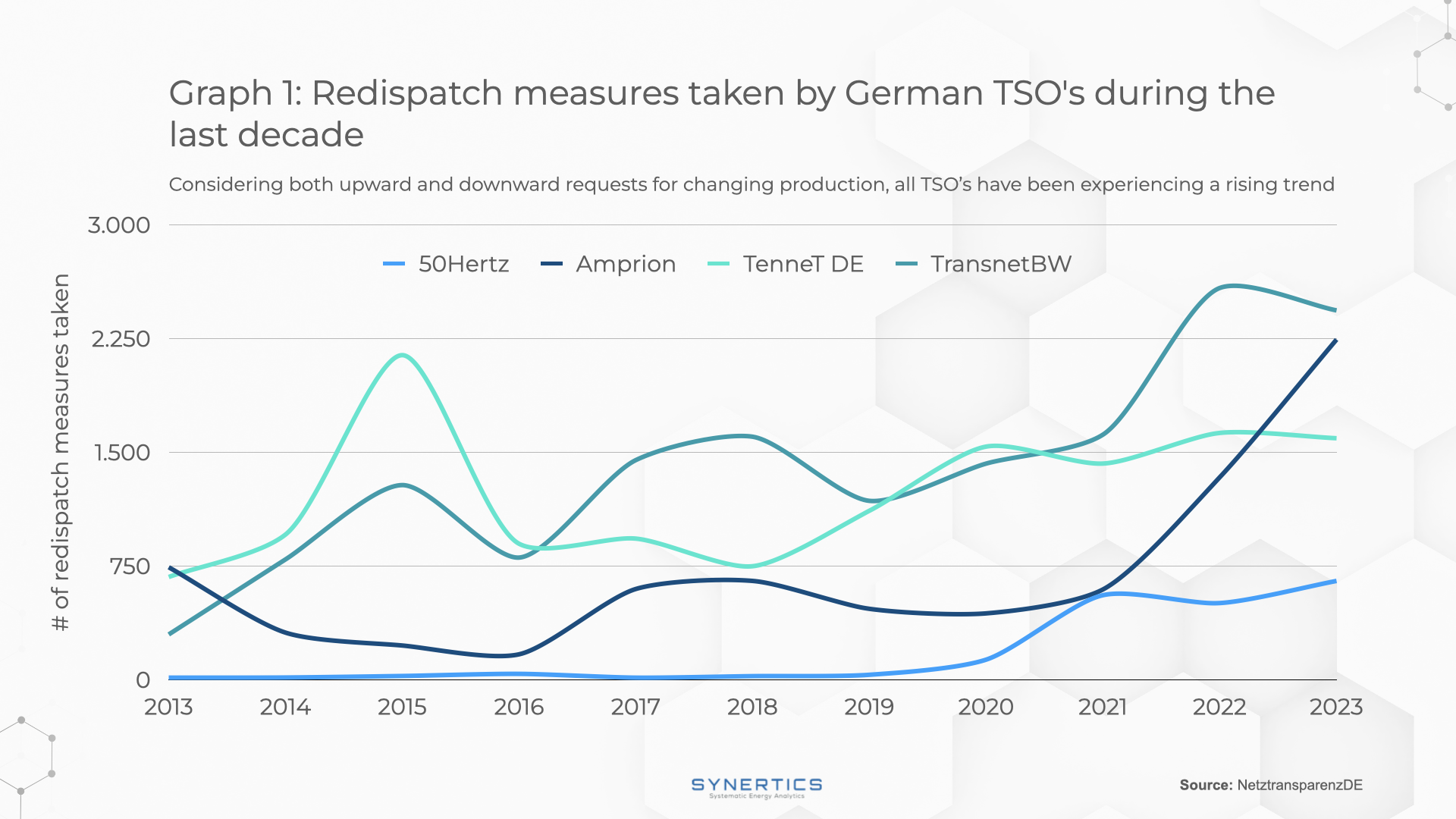
Graph 2 presents the yearly amount of GWh of upward and downward requests by TSOs. The total energy of redispatch and curtailment measures has also been rising.
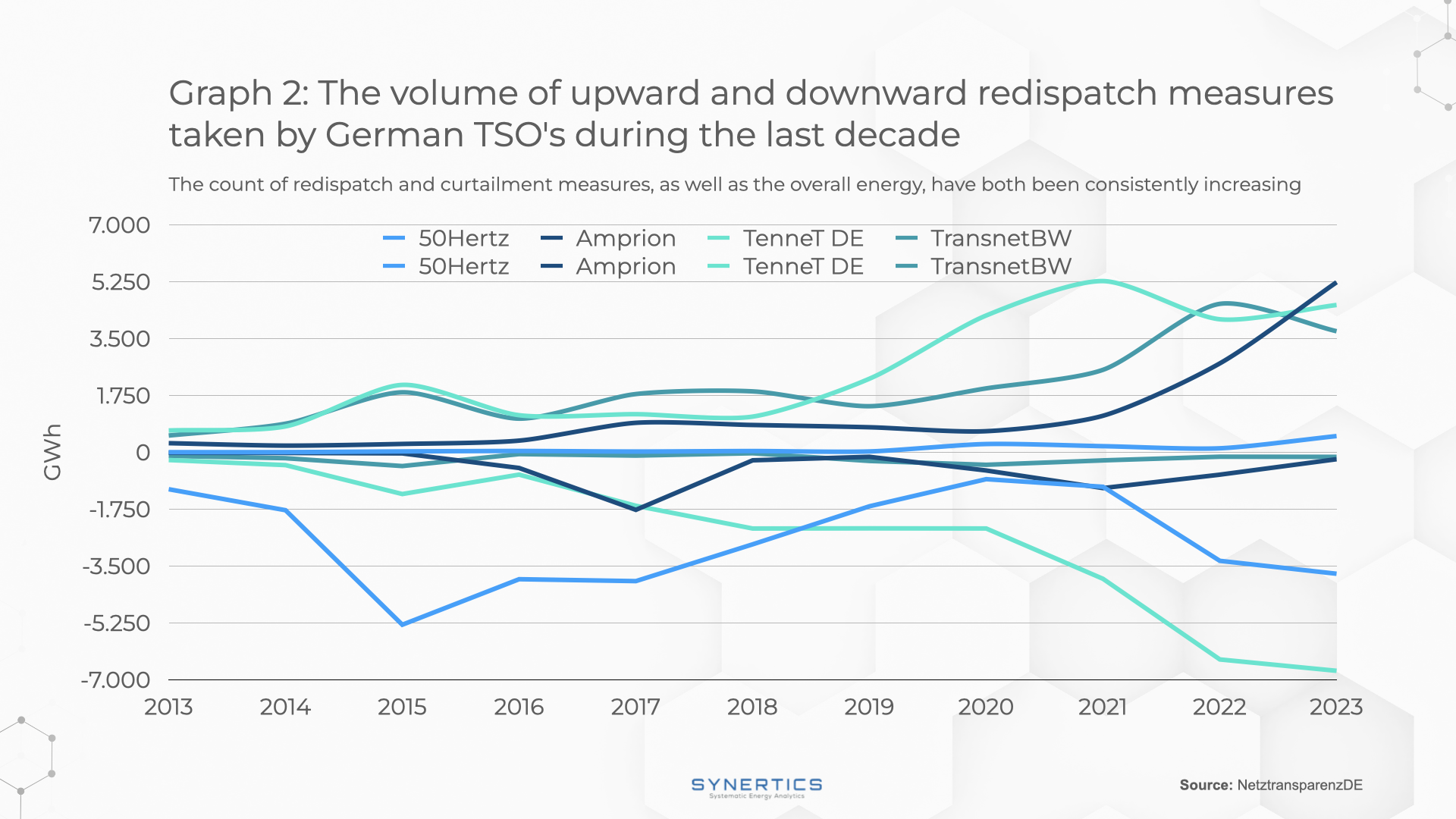
Beyond the fact that curtailing from a renewable unit means losing clean and usually cheap energy, the increase in frequency also means that the electricity bill gets more expensive for the consumer.
When a TSO requests a reduction in generation, another power unit has to ramp up to compensate for the lost energy. In these cases, the generator who reduced production is financially compensated for the energy he would have injected. At the same time, the generator who ramped up and the grid operator who would have transported the energy also receive compensation. All these costs are passed on to consumers.
Despite the compensations, during curtailments, there is no emission of Guarantees of Origin. In this sense, the frequency and volume of curtailments need to be properly addressed to mitigate risk in PPAs.
Despite the German power system being one of the most reliable in the European Union, expanding the grid capacity is necessary for guaranteeing an effective accommodation of increasing production from renewables.
Higher integration between Northern and Southern Germany and increasing the capacity for exporting are key actions for decarbonization. Storage projects and flexible demand mechanisms will also play an important role in a stable and renewable system.
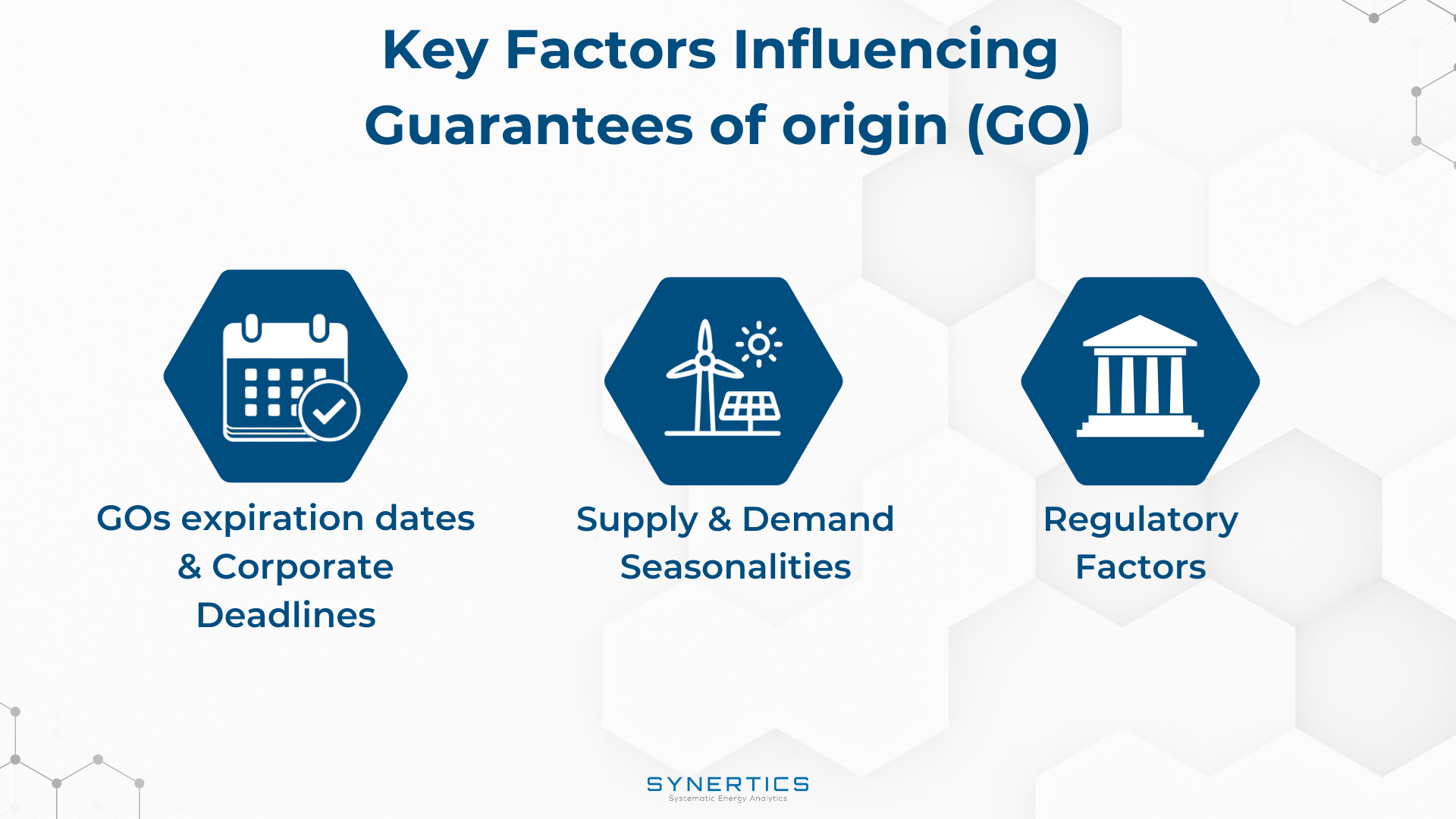
Insights, Market-trends
15th Dec, 2025
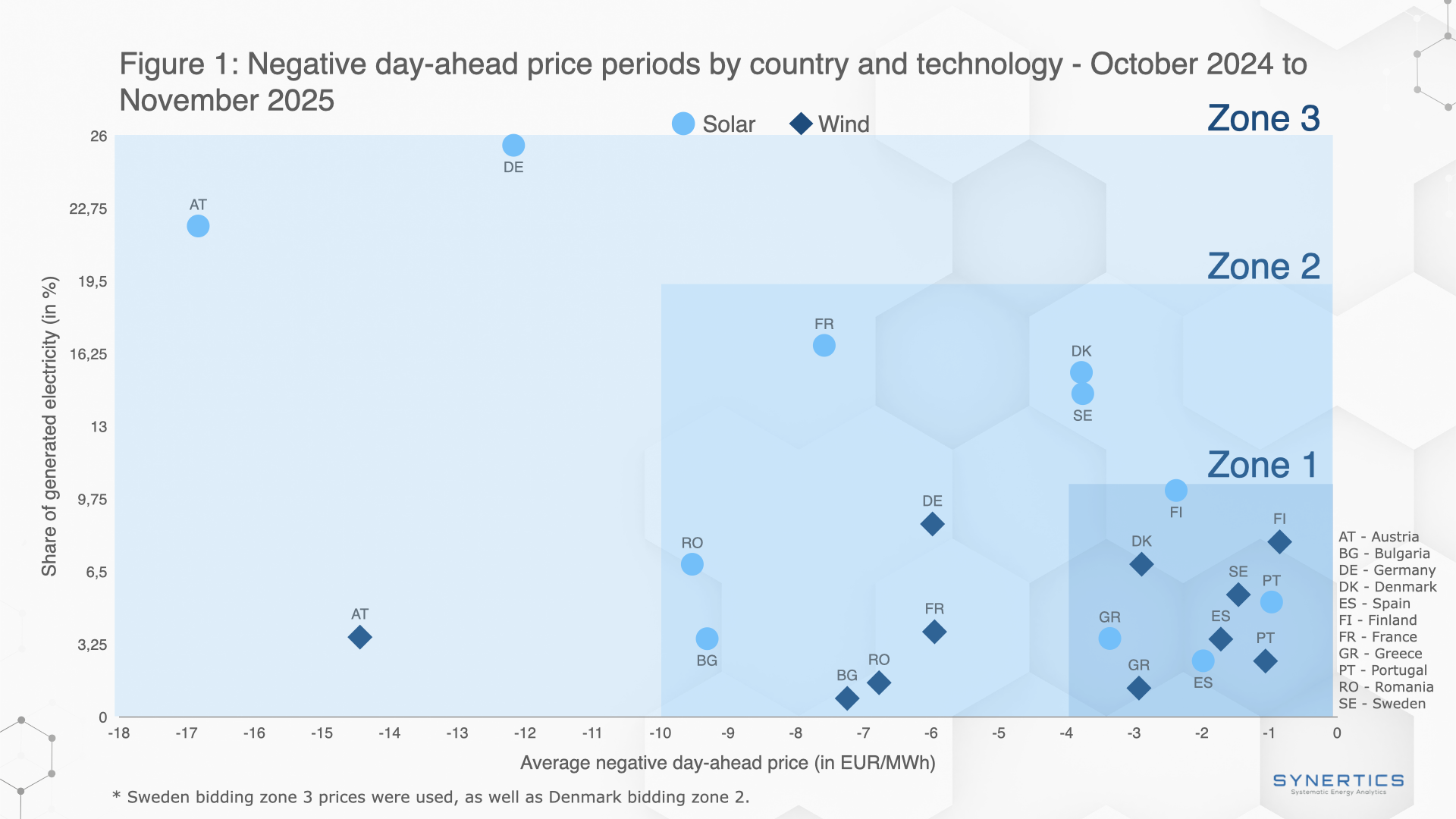
Market-trends, Projects
27th Nov, 2025
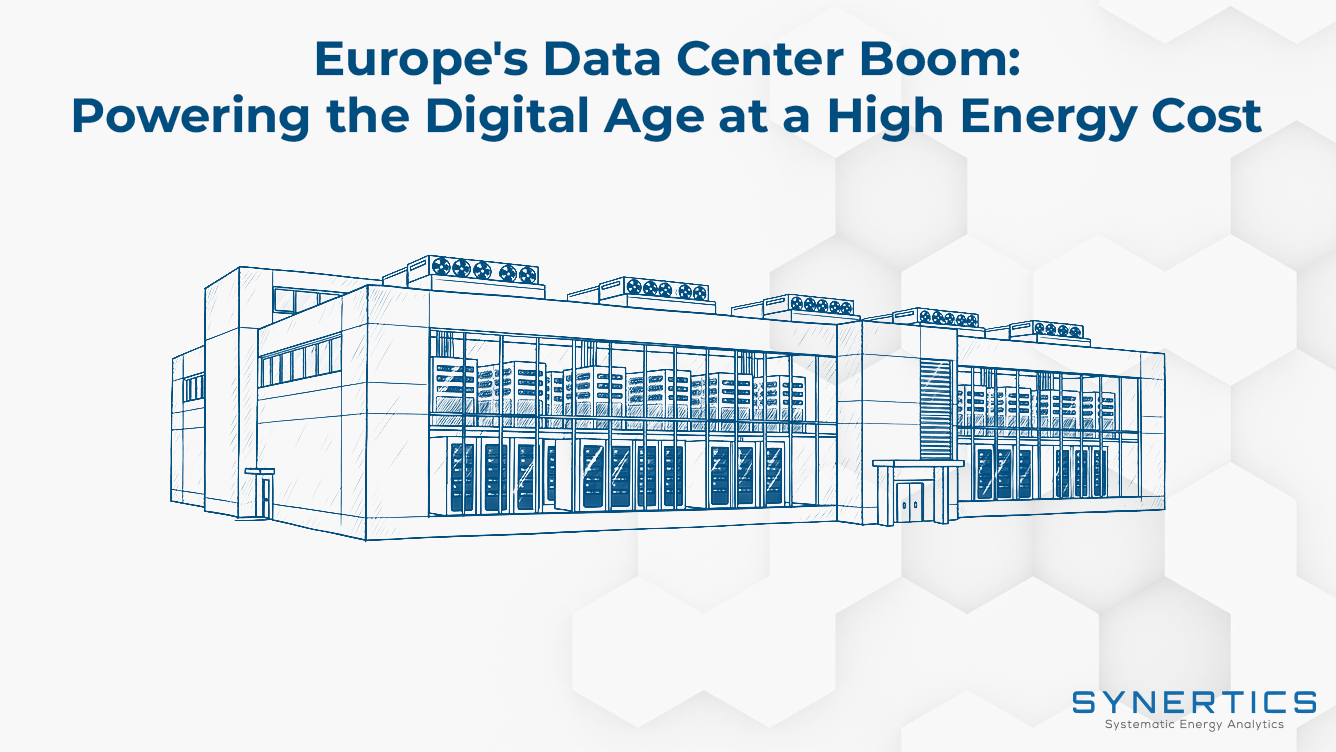
Market-trends
21st Oct, 2025